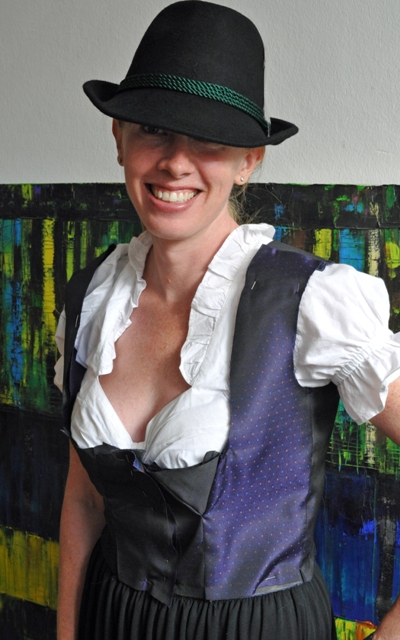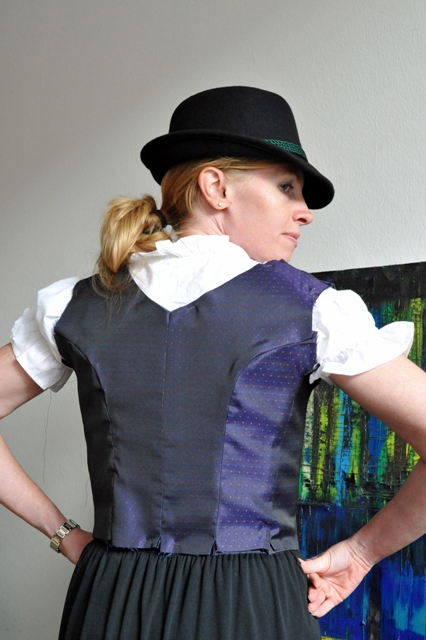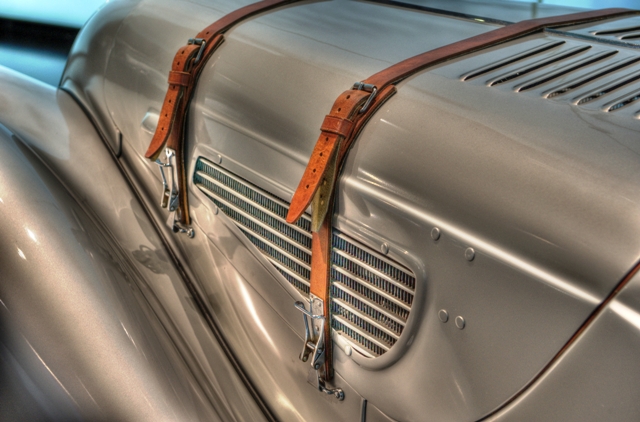Siemens Real Estate - my office with pigeon crap
 Friday, September 2, 2011 at 8:00
Friday, September 2, 2011 at 8:00 I, together with my program team, had to move to a different office space recently. Due to recent business changes, Siemens Real Estate was shuffling spaces in some buildings at the Neuperlach Süd complex.
In theory, the move would be easy: we would stay in the same building, just going from the thrid floor to the sixth. We would pack and label our things on Thursday, and Friday morning would find them in the new place, ready to be unpacked so we could get back to work quickly.
I was in for quite a shock that Friday morning. First, I noticed that they put me in an old printer room! You can see the sticker on my bright yellow door (upper right), although it's somewhat overshadowed by the huge NO SMOKING sticker right in the middle!
Looks inviting, huh? Could be mistaken for a broom closet. One colleague asked if it was the bathroom...
So, with my new key, I would just unlock the door and get started. But... the lock was bolted over!
As it turns out, it is permanently UN-locked, so I could enter my new digs. (Makes sense, I suppose, since a shared printer used to sit in here.) Of course, that means I cannot lock my office! This goes against security regulations, and I'm surprised nobody has filed something somewhere about it.
Unfortunately the inside failed safety regulations. Let me explain.
Being now on the sixth floor, the first though was: how's the view? Yes, I CAN see the outline of the Alps if it'S not too hazy. nice! However, when looking down at the floor under the window, it looked a little like this...
Look at the corner/floor. Is that... a pigeon feather... and pigeon sh*t? Must make a closer inspection:
Yup. That is definitely a pigeon feather and considerable bird droppings. The room gets a lot of sun, and used to have big electronics in it. So I'm guessing that people left the windows WIDE open rather than cracked. Then the pigeons found a vacation house.
Cultural note -- for those not familiar with the German windows, here's the deal:
- Handle vertical, facing down: window closed and locked
- Handle 90 degrees (horizontal): can swing the window open fully (hinge on the side of the window engaged)
- Handle vertical, facing up: can crack window open from top (hinge on the bottom engaged)
This is important, because most buildings do not have air conditioning, so sun blinds and a breeze are your primary means of climate control. Here is (dark, sorry) a photo to illustrate, with one window in each position:
I'm surprised that it is acceptable in Germany to have me sit in an uncleaned office with pigeon sh*t lying around. (Does Siemens Real Estate not include cleaning in the move service?) Given that the U.S. government tells us about diseases associated with pigeon droppings, I'm pretty sure German health standards would not allow this.
Hopefully my German health insurance covers histoplasmosis, cryptococcosis, and psittacosis!
There is a fourth window to the left that you can't see. This does not have window shades. Ironically, I *know* that this is not allowed by regulation here. You must be able to shield the sun to both control temperature and to reduce glare and prevent eye damage. Right now, I'm baking!
But at least I'm alive. The pigeon feather wasn't sitting all alone on the floor. It had the company of two huge dead insects:
The second photo is even more interesting due to the tiny shell lying next to the bee. Huh? I did not move or pose any of these things -- it's exactly how I found them.
They did leave a large, double size bookcase in the room for me. Unfortunately, it had not been dusted since Helmut Kohl was German Chancellor. It made a good blackboard though:
As it turns out, facilities maintenance sent cleaners a day or so later. So the pigeon crap was mostly removed (although there are some remnants that I will have to clean myself).
The doorlock is still, well, locked -- so I can't secure my room. Not the most productive environment. However... the view is good (see below).
Hope you're having a better day at the office than I am. Thanks for nothing, Siemens Real Estate.
 Herr J ...
Herr J ...  4 Comments
4 Comments  Germany & German Culture,
Germany & German Culture,  Just for Fun tagged
Just for Fun tagged  Siemens Real Estate,
Siemens Real Estate,  pigeons ...
pigeons ...  Print Article
Print Article  Email Article
Email Article 






























